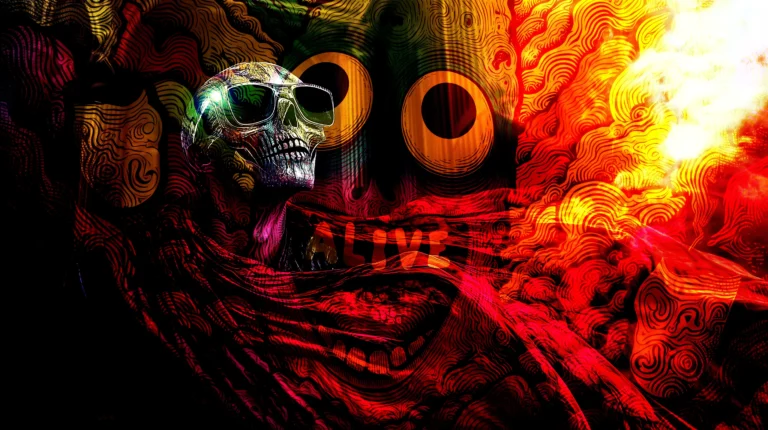The serpent, or snake
The serpent, or snake, is a powerful and complex symbol found in many cultural and spiritual traditions, including Jungian psychology and various esoteric teachings.
Transformation and Rebirth
Snakes shed their skin, which is often seen as a symbol of transformation, renewal, and rebirth. This aligns with the process of personal growth or spiritual enlightenment, where old aspects of the self are shed in order to make way for new growth.
Healing and Medicine
In many cultures, the serpent is a symbol of healing and medicine. This is seen in the Rod of Asclepius, a symbol associated with medicine and healthcare, where a snake is shown winding around a staff. This also reflects in the Caduceus, often mistakenly used as a medical symbol, where two serpents intertwine around a staff.
Wisdom and Knowledge
Serpents are often seen as wise and knowledgeable creatures. In some traditions, they guard sacred knowledge or spiritual truths.
Life Force and Vitality
In Kundalini yoga and some esoteric teachings, the serpent represents the life force or vital energy within humans, often visualized as a coiled serpent at the base of the spine.
Temptation and Danger
In some traditions, such as Christianity, the serpent symbolizes temptation and the dangers of straying from the righteous path. This symbol is famously depicted in the story of Adam and Eve in the Garden of Eden.
In Jungian psychology, the serpent can represent the unconscious, the shadow self, or the primal instincts. Confronting the serpent can symbolize the process of integrating these unconscious aspects of the self in the journey towards individuation.
As with all symbols, the serpent’s meaning can shift and change depending on the cultural context, personal perspective, and specific circumstances. It’s a rich symbol that carries many layers of meaning.







